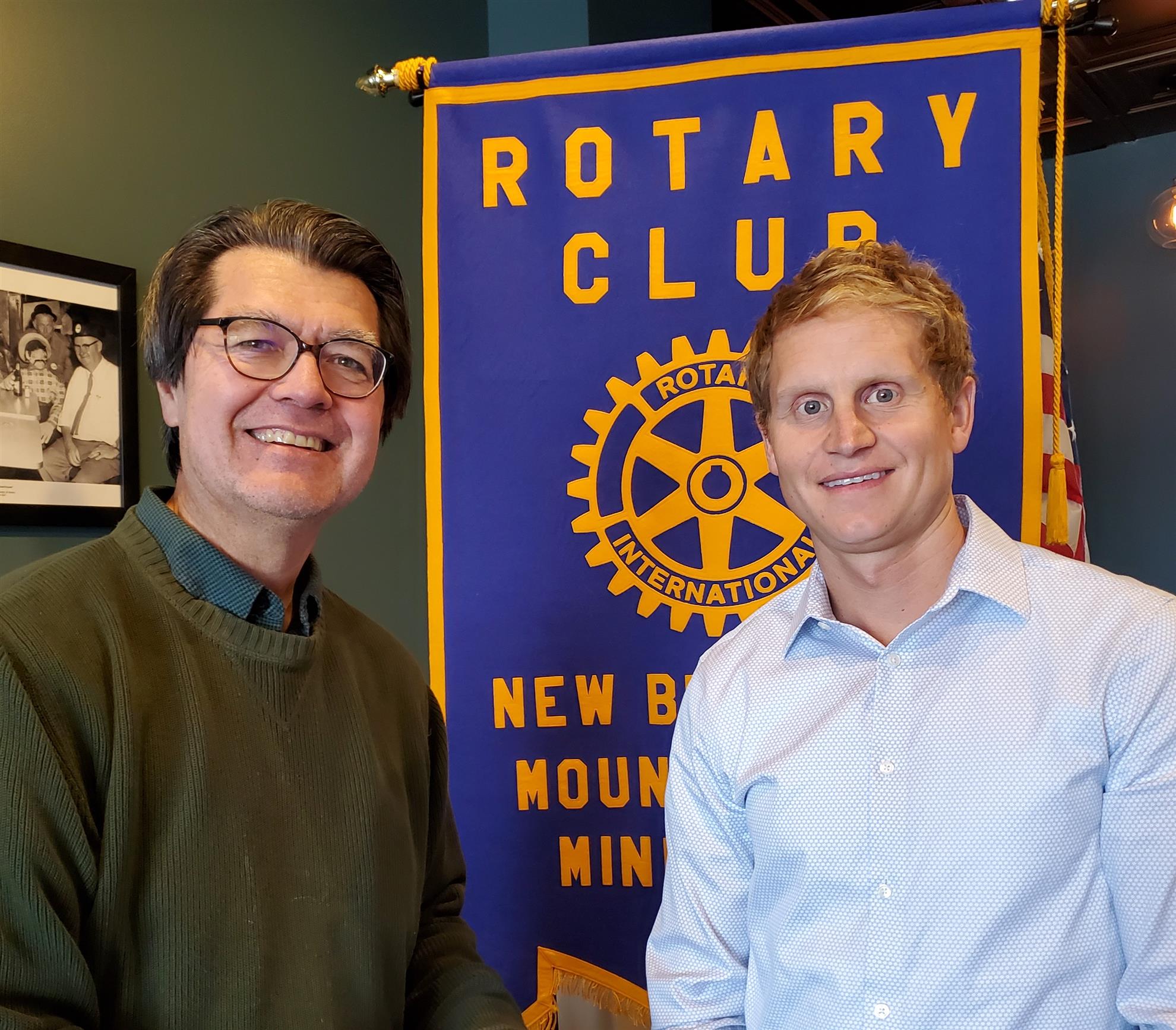Today’s speaker was Dan Edgerton, a Water Resource Engineer with Stantec Consultants. Dan was here to speak about storm water management. To illustrate several storm water management techniques, Dan walked us through a project recently completed for Edison High School. The project had two phases, a parking lot storm water management and a rooftop rainwater capture system for irrigation of the athletic field.
The existing Edison parking lot drained almost all of its storm water directly onto the adjacent street and from there directly into the Mississippi River. Three storm water best management practices were employed to manage this runoff. The first was the installation of a “tree trench”. A trench was dug between the parking lot and the street and filled with coarse stone and a small amount of topsoil mixed in. The trench acts as buffer between the parking lot and the storm sewer, allowing storm water to gradually filter into the sandy soil below. Trees are planted in the trench to help remove some water and manage the phosphorus and hydrocarbons that would normally drain into the soil. Storm water runoff was further reduced by using permeable pavers on the parking lot surface, allowing the water to drain slowly into the tree trench or the soil below the parking lot. The final part of the plan was the installation of a rain garden to manage runoff at the end a long alleyway.
Another part of the project focused on reducing the amount of water needed for irrigation of the Edison athletic field. This innovative project was designed to collect rainwater from the roof of the gymnasium and pipe it to an adjacent sub-surface storage area with a system of five foot diameter holding pipes with a capacity of over 100,000 gallons. An interesting feature of this system is that it also can capture and reuse runoff of excess storm water from the athletic field as well.
Dan and President Charlie Longbella are shown below.
